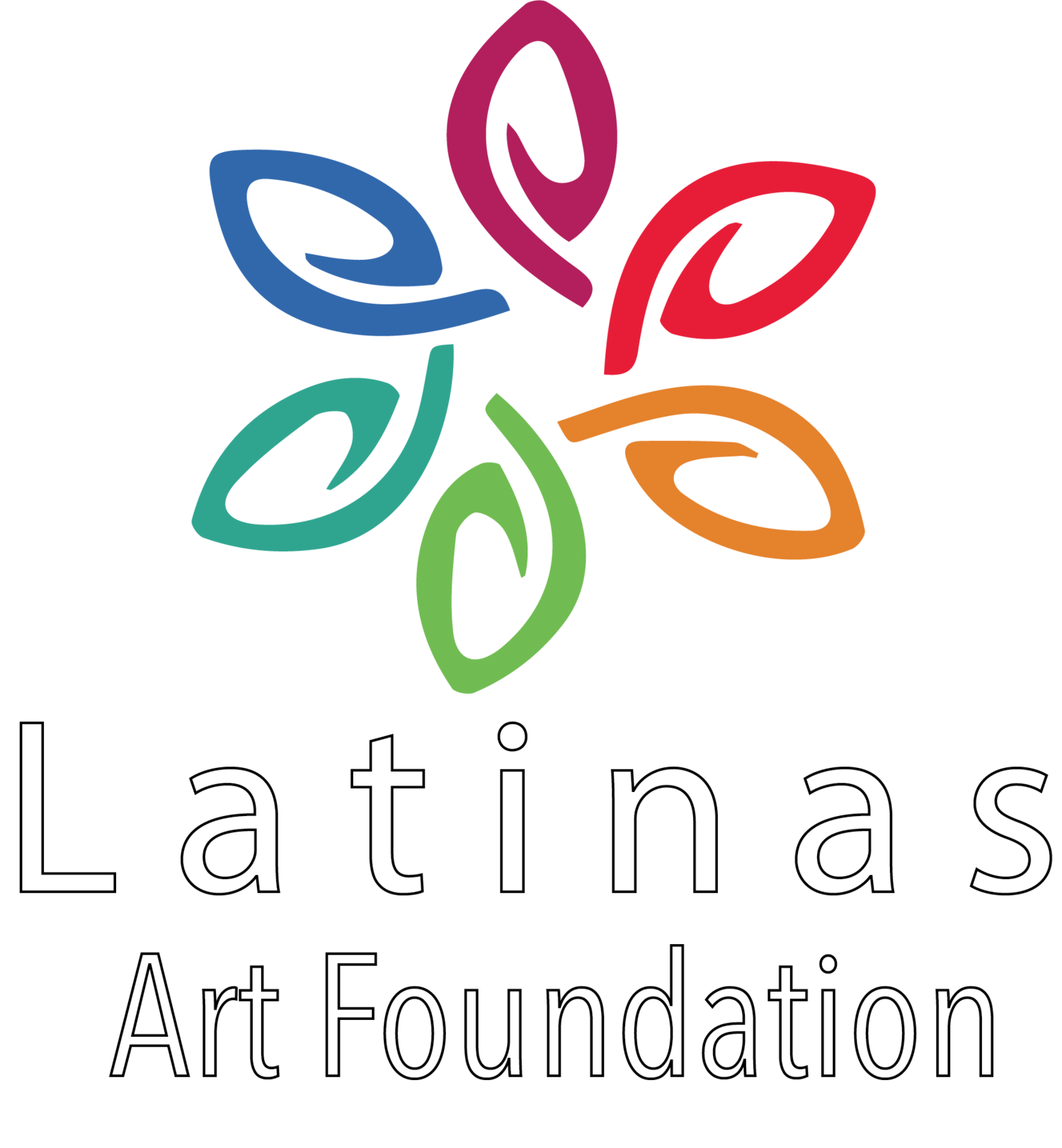Día de los Muertos
Xantolo
Xantolo is a regional celebration of Day of the Dead. It is celebrated in the Huasteca area of Mexico, which is located in the northeastern part of Mexico and includes parts of the states of Hidalgo, Veracruz, Tamaulipas, San Luis Potosí, and Querétaro. Xantolo celebrations include special dances.
Ofrenda
The ofrenda is often the most recognized symbol of Día de los Muertos. This temporary altar is a way for families to honor their loved ones and provide them what they need on their journey. They place down pictures of the deceased, along with items that belonged to them and objects that serve as a reminder of their lives.
Every ofrenda also includes the four elements: water, wind, earth and fire. Water is left in a pitcher so the spirits can quench their thirst. Papel picado, or traditional paper banners, represent the wind. Earth is represented by food, especially bread. Candles are often left in the form of a cross to represent the cardinal directions, so the spirits can find their way.
Monarch Butterflies
Monarch butterflies play a role in Día de los Muertos because they are believed to hold the spirits of the departed. This belief stems from the fact that the first monarchs arrive in Mexico for the winter each fall on Nov. 1, which coincides with Día de los Muertos.
Cempasúchil
The cempasúchil, a type of marigold flower native to Mexico, is often placed on ofrendas and around graves. With their strong scent and vibrant color the petals are used to make a path that leads the spirits from the cemetery to their families’ homes.
La Catrina
La Catrina is a character that was created by Mexican lithographer and illustrator Jose Guadalupe Posada (1852–1913). La Catrina is a female skeleton who is dressed in the style of upper-class women of the period. Posada initiated the tradition of depicting contemporary figures as skeletons in a humorous way as a form of social commentary. La Catrina has become a prominent figure in Day of the Dead decorations and celebrations.

